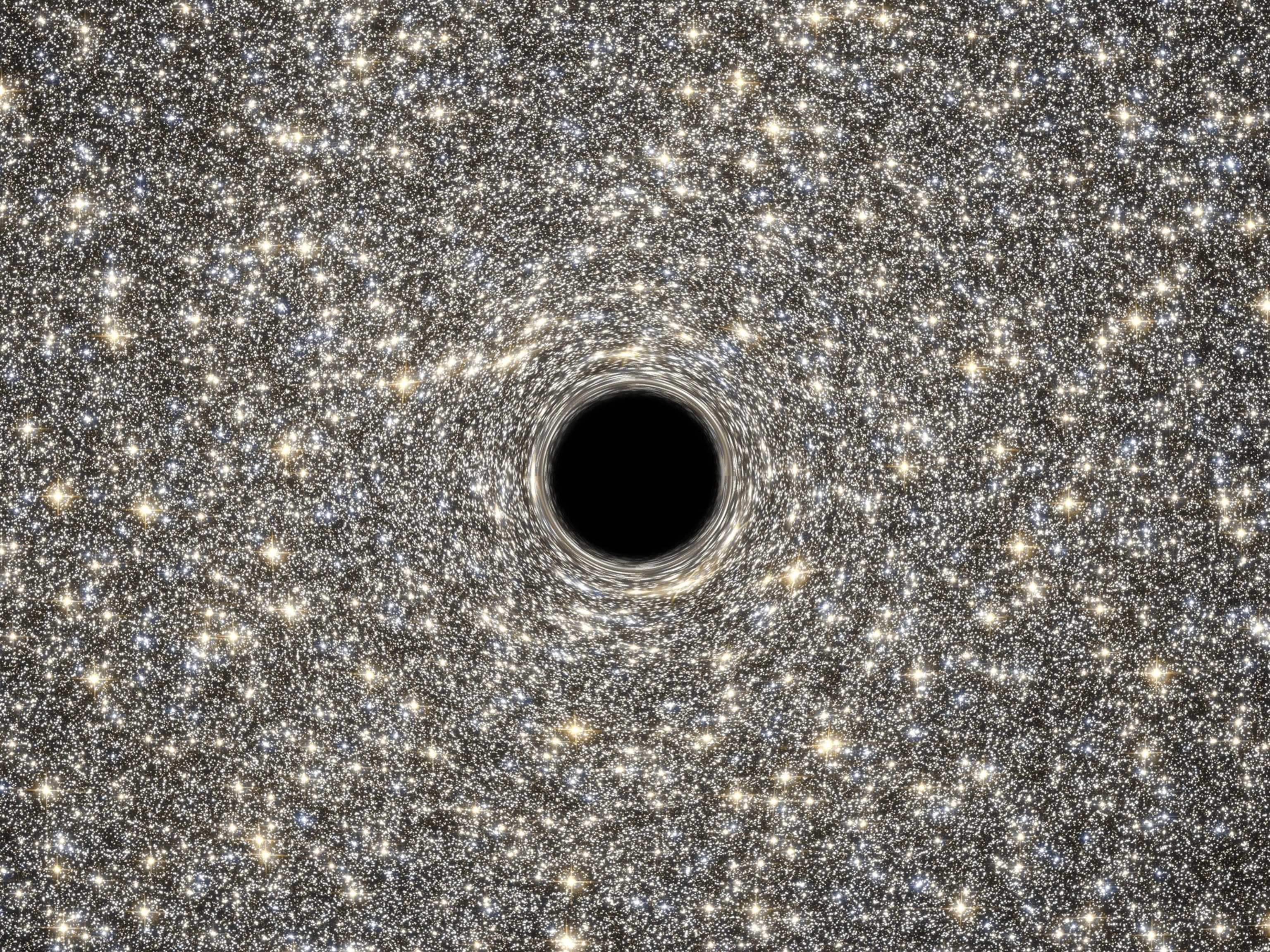Farthest Galaxy Spotted Yet Is 13 Billion Light-Years Away
The star cluster, only 15 percent the size of the Milky Way, dates to just 670 million years after the big bang—not long after the first stars turned on.
In their quest to find the most distant galaxy in the universe, astronomers have a new champion. Known as EGS-zs8-1, it’s so far away that its light traveled for more than 13 billion years to reach the giant Keck I telescope, in Hawaii, where the discovery was made.
Like the “oldest human ancestor” that archaeologists keep finding over and over, there’s every reason to think that this one will be toppled as well, sooner or later.
But for now, EGS-zs8-1 will do just fine. Its light comes from stars that were shining less than 700 million years after the big bang, at a time when EGS-zs8-1 was only about 100 million years old. Our own Milky Way, by contrast, is 13.2 billion years old. “It’s amazing that we’ve been able to push to such early times, says Pascal Oesch, a postdoctoral student at Yale and lead author of a paper describing the discovery in Astrophysical Journal Letters.
It’s not just bragging rights that interest Oesch and his co-authors. “Galaxies like this are the building blocks of everything we see around us,” he says. The discovery will help astronomers understand precisely how the first stars emerged from a period of post-big bang blackness known as the Dark Ages of the universe.
“It's a very convincing result,” says Caltech astrophysicist Richard Ellis, “and pushes the frontier just that little bit further back toward the Dark Ages.”
Ellis, who was not involved in this research, has himself found galaxies that might date to even earlier times, including one that might have formed just 380 million years after the big bang. The catch: That number is only an educated guess, based on rough measurements of the galaxies’ colors. Colors are an important clue, since an effect known as the Doppler shift dictates that the redder an object looks, the faster it’s moving away from us in the overall expansion of the universe.
That’s how Oesch and his colleagues flagged EGS-zs8-1 as a possibly distant galaxy, using both the Hubble and the Spitzer space telescopes. To nail down the distance exactly, however, they turned to the Keck I, whose light-gathering power dwarfs anything in space. A four-hour exposure allowed the astronomers to smear EGS-zs8-1’s light into a spectrum of colors, which allowed them to measure the distance with high precision. (See more on telescopes in "New Eyes on the Universe.")
Even the Keck plus the powerful MOSFIRE spectrometer couldn’t have done the job, except that EGS-zs8-1 is unusually bright. “It’s forming stars 80 times faster than the Milky Way is today,” says Oesch.
Ideally, astronomers want to probe dimmer, more ordinary galaxies from the same period, or even earlier. “We have a few hundred candidates for follow-up,” says Oesch. But they’re very faint, he says. “It’s going to be tough to continue,” agrees co-author Garth Illingworth of Lick Observatory. “This is really hard."
It’s so hard that studying these fainter objects will probably have to wait for the James Webb Space Telescope, along with giant new ground-based telescopes that are now under construction in Chile and Hawaii and should come online in the early 2020s.
Still, says Illingworth of EGS-zs8-1, “This is a nice one to have. We’re pushing back to really early times. This is really fun.”
Follow Michael D. Lemonick on Twitter and Facebook.





